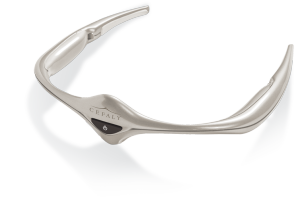 There is no surer bet in 2016 than on the success of face-worn wearable tech, and there is nothing more certain than that it will be primarily in places where most people will never see it.
There is no surer bet in 2016 than on the success of face-worn wearable tech, and there is nothing more certain than that it will be primarily in places where most people will never see it.
The past year brought an explosion of trials and test runs of visors in industry: warehouses, field service, construction, aerospace, medical. 2016 is the year that tests become actual roll-outs.
This does not mean the resurgence of people wearing Google Glass on the subway, or in the theater, or in the shower. The headgear will behave more like a bar code scanner than a cell phone; wearers will go to work, put on the gear from a pool of equipment, use it during the shift, and plug it back in when they go home. No one brings their own scanner or their own two-way radio to the shop. It’s a piece of corporate equipment.
That enterprise way of thinking about wearables means several things:
- Price is less of an issue than ROI.
- Ruggedness is more important than appearance.
- Battery life is key.
- Software customization is paramount; hardware is an important platform but software vendors and integrators will make the real money.
Will there be consumer applications for face-worn wearables and consumer augmented reality? Sure. But not in 2016.
(See other parts of this series:
Wearables in 2016: On the Wrist. We predict segmentation and IoT integration.
Wearables in 2016: Consolidation Looms. We predict that early investors will start heading for exits.)